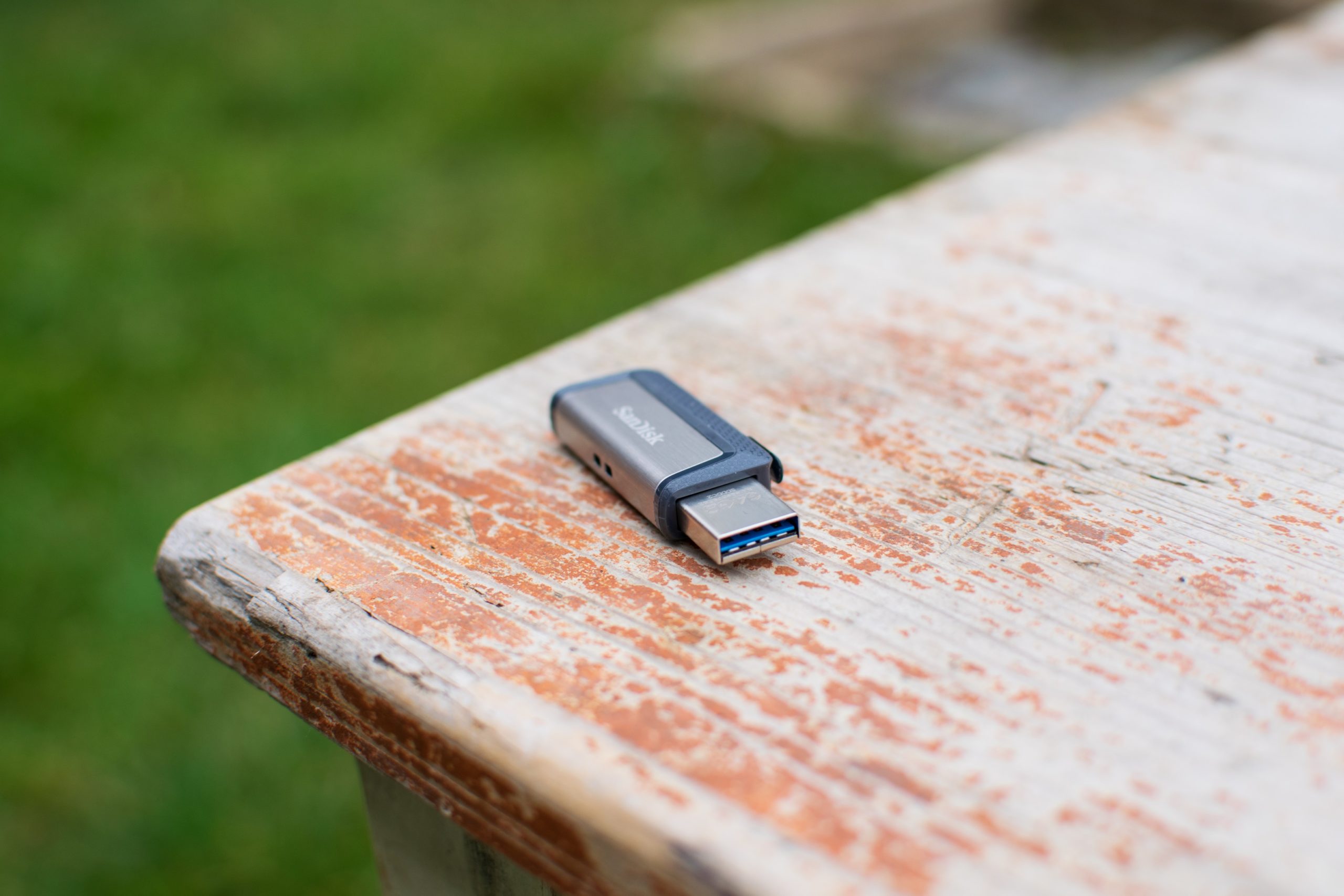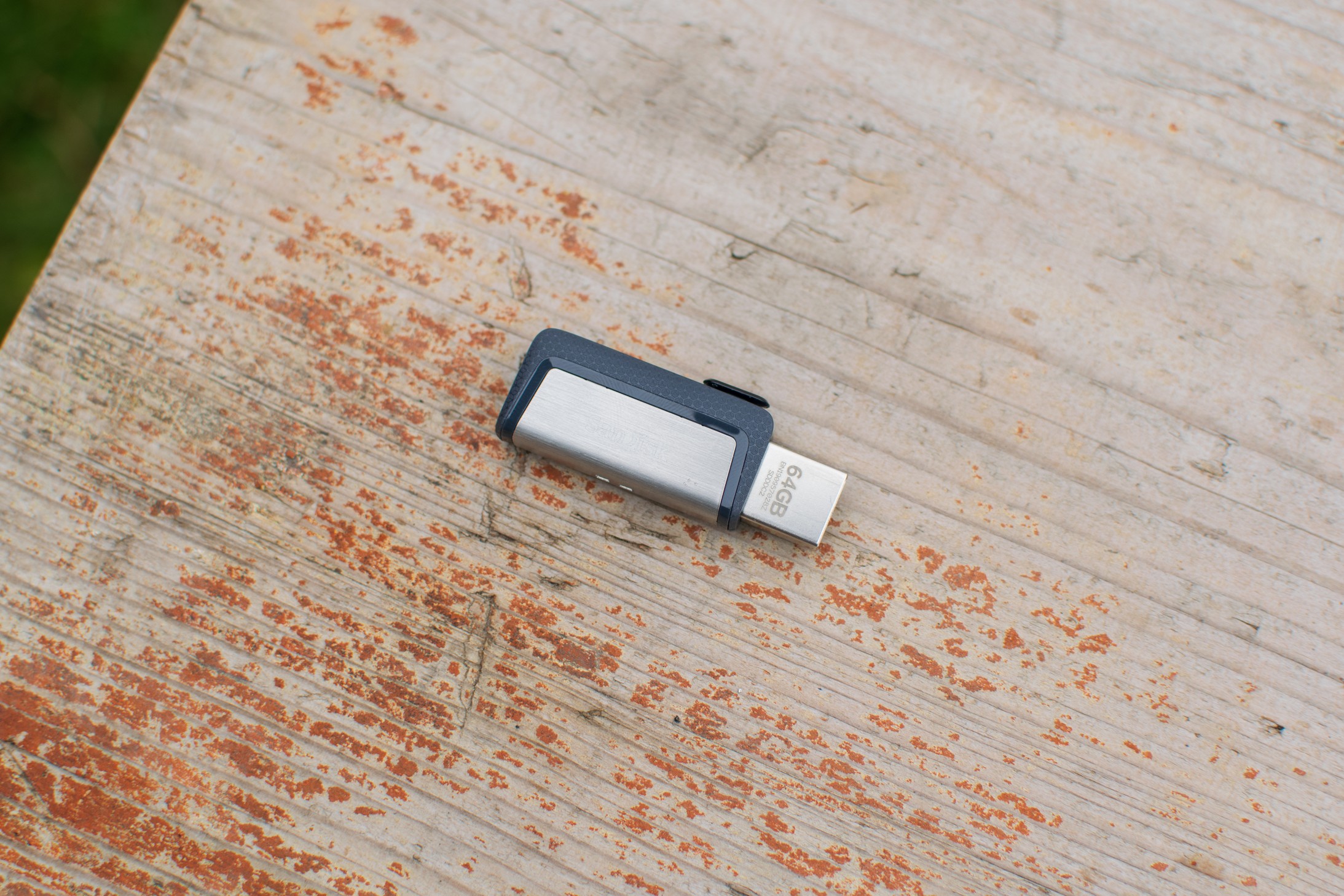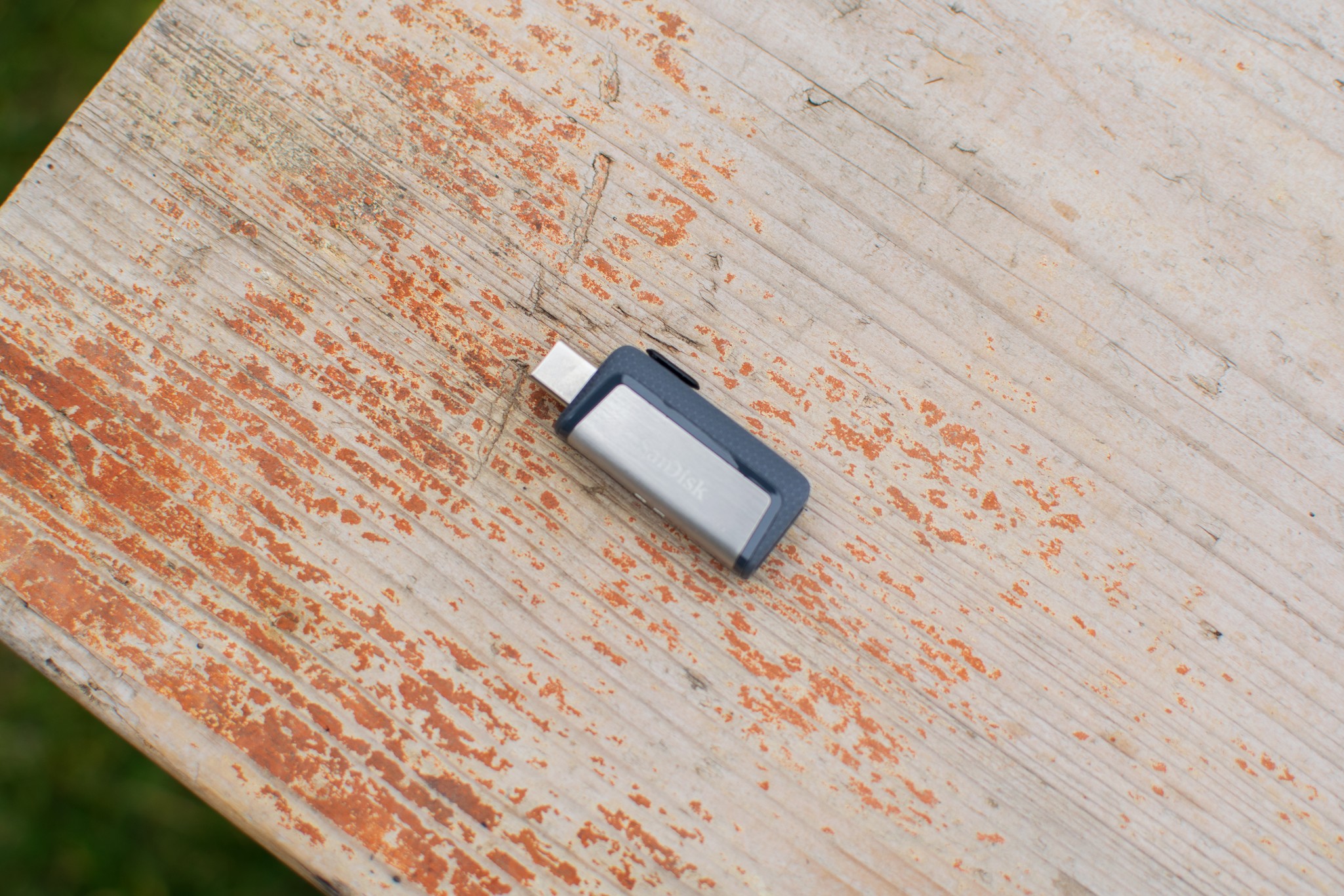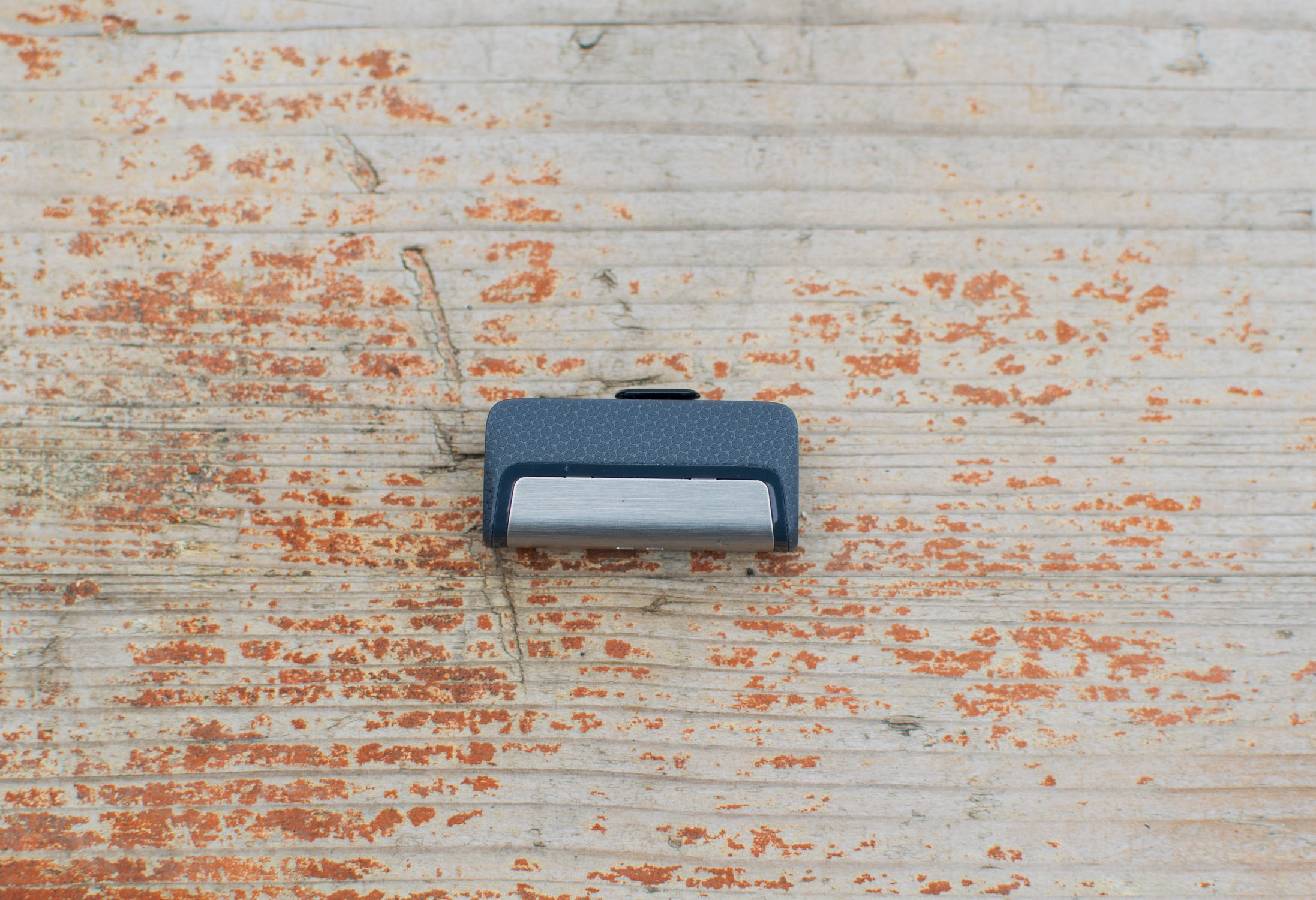In today's review, we are dealing with a very interesting flash drive from the workshop of the world-famous company SanDisk. Why interesting? Because it can without exaggeration be called one of the most versatile flash drives on the market. It can be used both with computers and mobile phones and indeed for a wide range of actions. So how did the SanDisk Ultra Dual Drive USB-C perform in our test?
Technical Specifications
The Ultra Dual Drive flash drive is made of aluminum in combination with plastic. It has two connectors, each of which slides out from a different side of the body. These are specifically the classic USB-A, which is specifically in version 3.0, and USB-C 3.1. So I wouldn't be afraid to say that you can stick the flask into almost anything these days, as USB-A and USB-C are by far the most widespread types of ports in the world. As for the capacity, a version with 64GB of storage solved via a NAND chip has arrived at our editorial office. For this model, the manufacturer states that we will see up to 150 MB/s read speed and 55 MB/s write speed. In both cases, these are fine values that will be more than enough for the vast majority of users. The flash drive is still produced in 16 GB, 32 GB and 128 GB variants. For our 64 GB variant, you pay a pleasant 639 crowns as standard.
Design
Design evaluation is largely a subjective matter, so take the following lines as purely my personal view. I have to say for myself that I really like the Ultra Dual Drive USB-C, as it is very minimalistic, but at the same time smart. The combination of aluminum and plastic seems fine to me both in terms of appearance and the overall durability of the product, which could be very decent in the long term thanks to these materials. The opening on the bottom side for threading the lanyard from the keys deserves praise. It is a detail, but definitely useful. In terms of size, the flash is really so small that it will certainly find its application on the keys of many people. The only minor complaint I have is the black "slider" on the top of the product, which is used to slide out individual connectors from one or the other side of the disc. In my opinion, it deserves to be sunk into the body of the product by perhaps a good millimeter, thanks to which it would be quite elegantly hidden and there would be no danger of, for example, something getting caught on it. It's not a big threat even now, but you know it - chance is a fool and you really don't want to destroy your flash just because you don't want a string in your pocket.
Testing
Before we get down to the actual testing, let's stop for a moment at the mechanism of ejecting individual connectors. Ejection is completely smooth and does not require any brute force, which overall increases the user comfort of the product. I find the "locking" of the connectors after they are fully extended really useful, thanks to which they do not move even an inch when inserted into the device. They can then only be unlocked via the upper slider, which I wrote about above. It is enough to press it lightly until you hear a soft click, and then just slide it towards the center of the disc, which will logically insert the ejected connector. Once the slider is in the middle, the connectors do not protrude from either side of the disc and are therefore 100% protected.
Testing must be divided into two levels – one is computer and the other is mobile. Let's start with the second one first, i.e. mobile designed specifically for smartphones with a USB-C port. There are many of these on the market at the moment, with more and more models being added. It is precisely for these phones that SanDisk has prepared the Memory Zone application in Google Play, which, in simple terms, serves to manage data that can be downloaded both from the flash drive to the phones, and also in the opposite direction - that is, from the phones to the flash drive. So, for example, if you have a low internal storage capacity and you don't want to rely on SD cards, this flash drive is the way to solve this problem. In addition to managing files from the point of view of transfer, the application is also used for viewing them. The flash drive can be used, for example, to watch movies, which you can simply record on your computer and then play them back on your phone without any problems. It should be noted that the playback of media files works really reliably, so you don't have to worry about any annoying jams or anything like that. In short and well – the flask is reliable in connection with the mobile application.
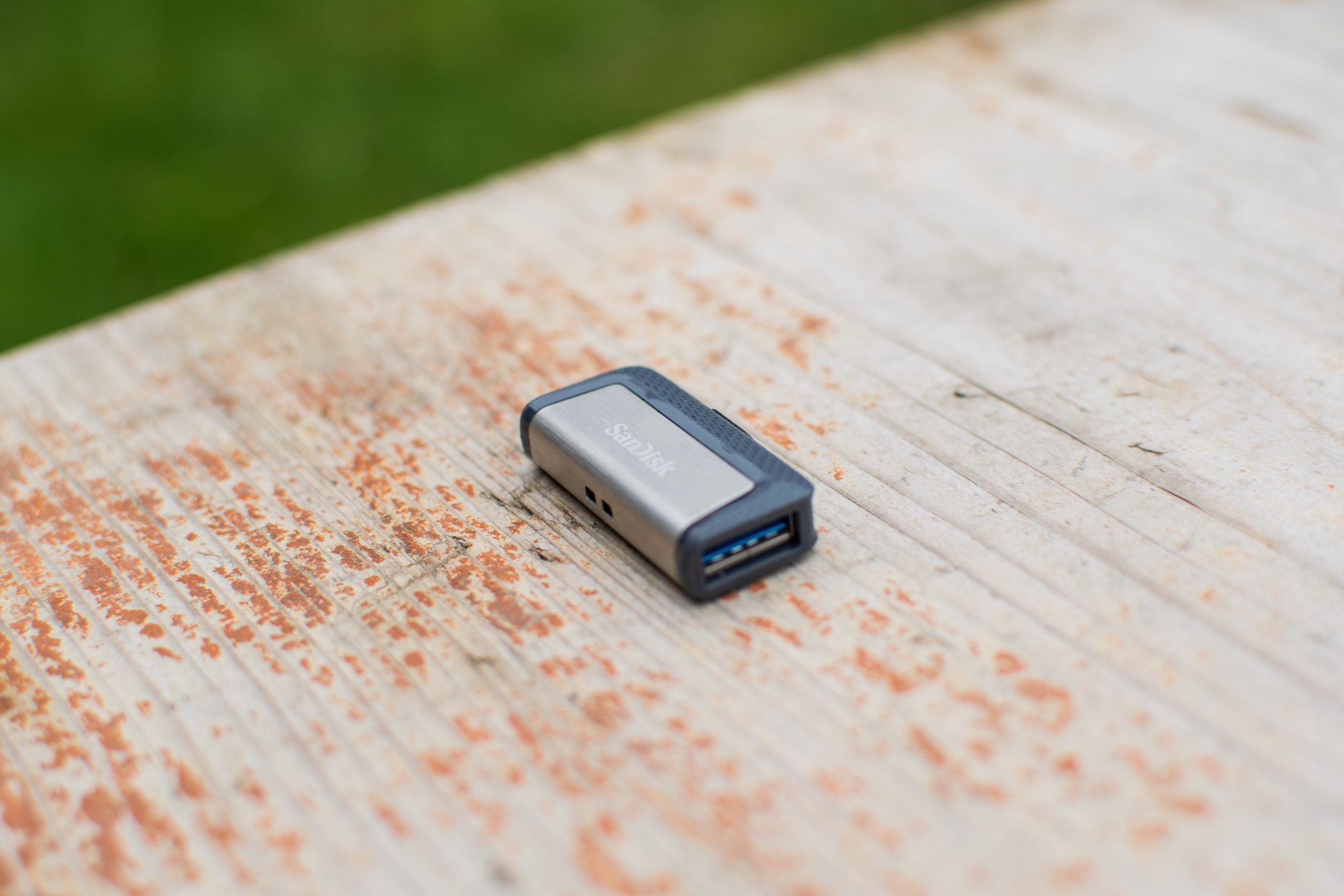
As for testing at the computer level, here I checked the flash drive primarily from the point of view of transfer speeds. For many users in recent years, they have been the alpha and omega of everything, as they decide how much time they will have to spend at the computer. And how did the flash drive do? Very well from my point of view. I tested the transfer of two files of different capacities, of course, on devices that offered full support for both USB-C and USB-A ports. I was the first to move a 4GB 30K movie that I recorded to the drive via a MacBook Pro with Thunderbolt 3 ports. The start of writing the movie to the disc was great, as I got to about 75 MB/s (at times I moved slightly above 80 MB/s, but not for a long time). After a few tens of seconds, however, the writing speed dropped to about a third, which it held with slight upward fluctuations until the end of the file writing. Underlined, added up - the transfer took me about 25 minutes, which is definitely not a bad number. When I then reversed the direction and transferred the same file from the flash drive back to the computer, a brutal transfer speed of 130 MB/s was confirmed. It started practically immediately after starting the transfer and ended only when it was finished, thanks to which I dragged the file in about four minutes, which is great in my opinion.
The second transferred file was a folder hiding all sorts of files from .pdf, through screenshots to various text documents from Word or Pages or voice recordings (it was, in short and well, a storage folder that almost every one of us has on our computer). Its size was 200 MB, thanks to which it was transferred to and from the flash drive very quickly - it got to it specifically in about 6 seconds, and then from it almost instantly. As in the previous case, I used USB-C for the transfer. However, I then performed both tests with a connection via USB-A, which, however, had no effect on the transfer speed in either case. So it doesn't matter which port you use, as you will get the same results in both cases - that is, of course, if your computer also offers full standards compatibility.
Summary
The SanDisk Ultra Dual Drive USB-C is, in my opinion, one of the smartest flash drives on the market today. Its usability is really wide, the read and write speeds are more than good (for ordinary users), the design is good and the price is friendly. So, if you are looking for the most versatile flash drive that will last you for quite a few years and at the same time you will be able to store a huge amount of data on it, this model is one of the best.
